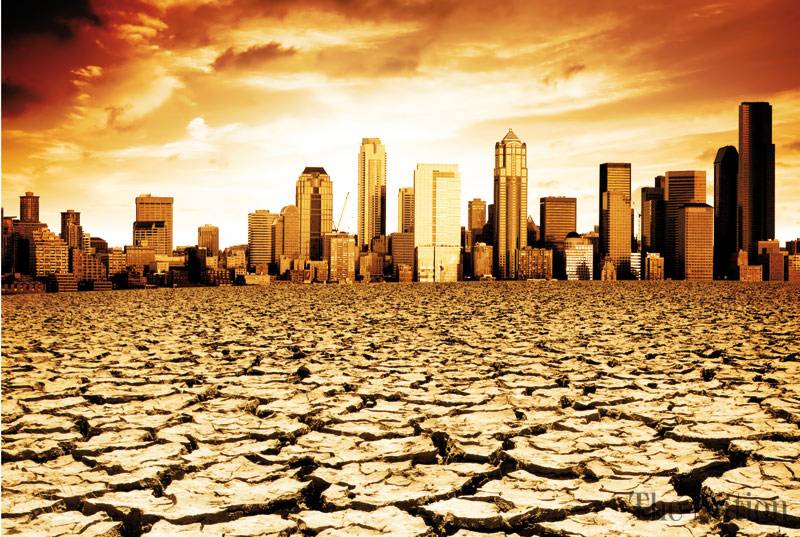How can we balance urban water security, resilience, and sustainability? Security is the level of services, resilience is the ability to recover from shocks, and sustainability is long-term viability. In our new paper in Environmental Research Letters, we integrated these in one framework that we applied to seven global cities selected from diverse hydro-climatic and socio-economic settings: Amman, Berlin, Chennai, Melbourne, Mexico City, Singapore, and Ulaanbaatar. We found that the balance between security, resilience, sustainability evolves with time (economic development) and that increased water security correlates with lower global sustainability. Furthermore, these conditions can result in rigidity traps that increase vulnerability to both local and global supply shocks. We found that Ulaanbaatar is particularly vulnerable to these conditions.
However, the inability to provide basic water services may be a poverty trap. Chennai, Mexico City, and Ulaanbaatar experience such a poverty trap, where households spend large fractions of their time and income to access alternative services. In these cases, water security, resilience, and sustainability are all low.
Approaching these interdependent goals requires governance strategies that balance the three dimensions within desirable and viable operating spaces. Cities outside these boundaries risk system failure in the short-term, due to lack of security and resilience, or face long-term consequences of unsustainable governance strategies. These risks are related to poverty and rigidity traps. Our findings have strong implications for policy-making, strategic management, and for designing systems to operate sustainably at local and global scales.

Figure 1. Security, resilience, and sustainability space of urban water services. The viable operating space (VOS) is the lower white triangle in the center. The desirable operating space (DOS) is the upper, shaded triangle. Near the apex of the DOS, represented by darker shades of gray, sustainability is maximized and trade-offs in the achievement of security, resilience, and sustainability are avoided. Locally sustainable governance within a globally connected, complex system may yet result in externalization of footprints that exceed planetary boundaries of water and ecosystems (lower triangle).

Figure 2. Cross-scale and cross-sectoral interactions of urban water service security, resilience, and sustainability. The security layer focuses on water supply, for which water resources, infrastructure, financial capital, management efficacy and community adaptation are required. Resilience includes water supply and other sectors, with which coordination is needed to ensure system resilience. Additional sectors are added in the sustainability layer, where cross-sectoral feedbacks play an increasingly strong role, in particular for virtual water imported to satisfy urban demand.
